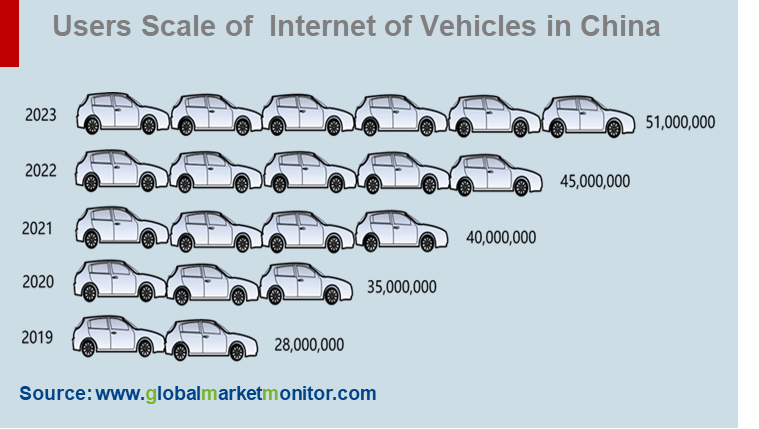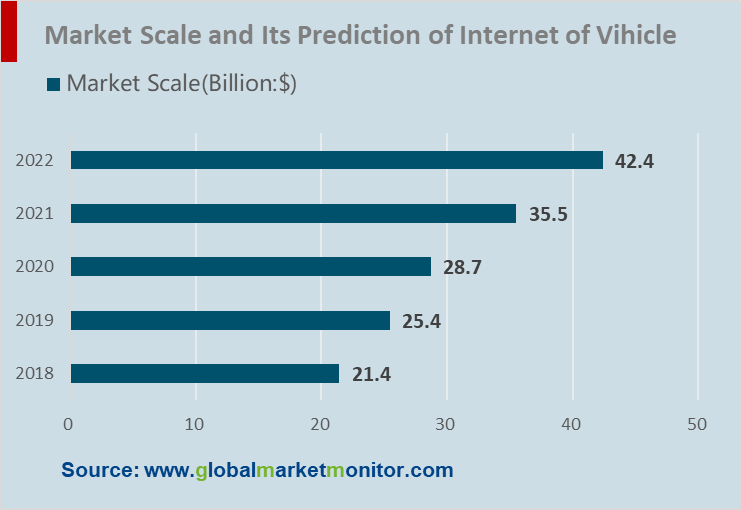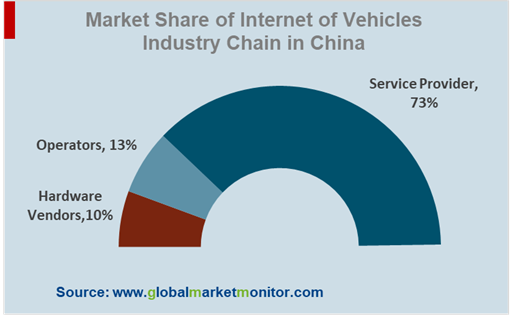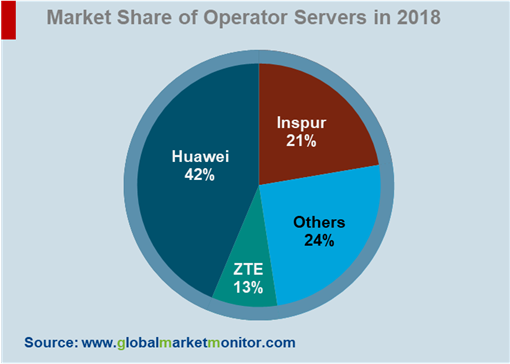The urban road foundation of our country is backward, the number of overloaded cars leads to a series of traffic problems, as well as more cost in time and energy, seriously affecting the operation of social and economic functions, which is contrary to the original functions of cars. Moreover, since more parking lots need to be provided for those vehicles, there are a large number of gaps in the supply of existing parking lots, resulting in many pains with the unbalanced use efficiency and long time-consuming. Besides, affected by environmental awareness and other factors, the demand for public transport resources in China is growing, which puts forward higher requirements for the public transport which is not as wonderful as expected by the public. How to solve the problem of vehicle management has become the current focus. When encountering 5G and AI, the car industry will be reformed revolutionarily, which has attracted the attention of the public.
Supported by the Policies
Rapid upgrade of the world's automobile industry will be provoked under the combination of the Internet of vehicles and information technology. Due to the later start of China's automobile industry than the developed countries, this opportunity for the world’s automobile industry, especially for China, is particularly important. Since 2018, China has successively issued relevant policies to promote the development of the Internet of vehicles, also participated in international activities for many times. At the same time, the Ministry of industry and information technology has promoted 10 national test demonstration areas of Internet of vehicles, including Wuxi, Shanghai and Changsha, as well as more than 30 small demonstration sites.
Empowered by 5G
V2X technology is the core technology to support the Internet of vehicles, which is supported by 5G network which has much obvious strengths including higher
reliability, higher capacity, and higher mobility, and lower time delay. They perfectly meet the requirements of the Internet of vehicles, for example, some data from each component of the intelligent vehicle is passed to the cloud through the high-speed network which can be finished only by 5G network at present. At the same time, the cloud center needs to process a large number of data and make timely decisions. The advantages of 5G performance make V2X possible, while China's leading c-v2x has made positive progress with more mature R & D industrialization and application demonstration has been started, thus, commercialization of Internet of vehicles is just around the corner.
Driven by AI
The most important sign of AI era is the change of human-computer interaction with a smooth voice interaction as the Internet of vehicles are empowered by AI. During the driving process, you can give voice commands at any time then the system will make corresponding adjustments according to the voice commands. For example, if you want to listen to songs, the system will and play your favorite songs big data calculates. Such smooth communication mainly depends on the two core technologies of the speech recognition and semantic understanding, which also depend on the reserve of speech statements and the deep learning ability of the machine that accurately identifies personal needs.
Rapid Increase of Internet of Vehicles Market in China
At present, car stock in China has reached 300 million, which provides a strong foundation for the Internet of vehicles.

Internet of vehicles industry in China will maintain rapid growth driven by the policies, technological innovation, and public facilities construction. In 2019, the market scale of the Internet of vehicles in China is nearly 25.7 billion USD. With the further application realizing a higher penetration rate of 30 percent in 2020 required by MIITA, what is estimated is that the market scale of the Internet of vehicles in China will exceed 28.6 billion USD in 2020, and nearly 42.9 billion USD in 2022.

Industrial Situation
From the perspective of market structure, the Internet of vehicles industry chain can be divided into three layers of perception, transmission and application. The Internet of vehicles technology will eventually be applied to the automobile, in which the service supplier plays an essential part of the industrial chain. it be divided into different providers according to their functions such as system integrator, navigation service provider, and platform operator, and map provider, etc. According to the statistics, the service suppliers occupies the largest market share, followed by hardware providers and communication operators. The proportions of the three were 73%, 17%, and 10% respectively.


We provide more professional and intelligent market reports to complement your business decisions.